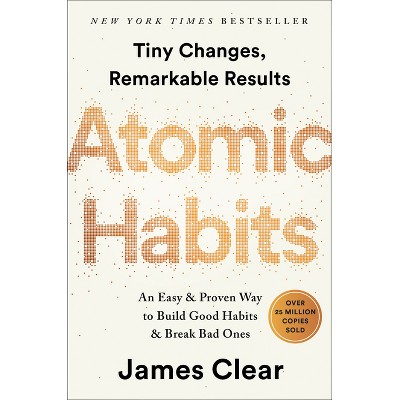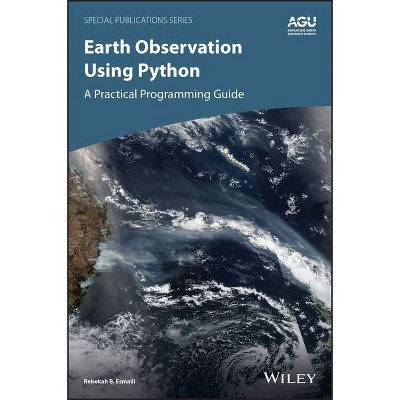Rare Earth Elements - (Special Publications) by Athanasios K Karamalidis & Roderick Eggert (Hardcover)

About this item
Highlights
- Explores innovations in the production of rare earths that would be more sustainable Rare earth elements are used in many modern technologies including electronics, clean energy, defense, aerospace, and automotive.
- About the Author: Athanasios K. Karamalidis, Pennsylvania State University and United States Department of Energy, USA Roderick Eggert, Colorado School of Mines, and Critical Materials Institute, USA
- 400 Pages
- Science, Physics
- Series Name: Special Publications
Description
About the Book
"Modern technologies increasingly rely on a diverse group of materials to enable their functionalities. Those materials which are both essential to system performance and at risk of supply disruptions are deemed critical. The prime examples of current critical materials are the rare-earth elements (REE), which deliver immense value in civilian industries, including in renewable energy, chemical catalysis, metallurgy, and advanced manufacturing, and unmatched performance in a long list of military applications. Development and deployment of new technologies in these areas is constrained by concerns about availability of rare earths, the stability of their supply chains and the environmental damage caused by their production. A key to enhancing and stabilizing rare-earth supplies is technology development that will enhance conventional sources of rare earths, as well as unlock unconventional sources at mines and from manufacturing wastes and in end-of-life products -- in ways that adequately protect the natural environment and human health. Rare earth elements and critical materials, thus, in general, are being viewed often as isolated chemical substances with their fundamental atomic properties that are used in various applications. However, due to the important role they play in the modern technology as well their geographic distribution, they are considered as new spices of the 21st century"--Book Synopsis
Explores innovations in the production of rare earths that would be more sustainable
Rare earth elements are used in many modern technologies including electronics, clean energy, defense, aerospace, and automotive. It is important that increasing demand is met in ways that are more environmentally, socially, and economically sustainable than in the past.
Rare Earth Elements: Sustainable Recovery, Processing, and Purification describes sources of rare earths and methods of production that have the potential to make recovery, processing, and purification more sustainable.
Volume highlights include:
- Global overview of rare earth production, reserves, and resources
- Improvements in the recovery process to reduce costs and environmental impacts
- Potential new sources of rare earths that were not previously technically feasible
- Options for recovery of rare earths as byproducts of other activities
- Contributions from experts in academia, industry, government, research, and nonprofit organizations
The American Geophysical Union promotes discovery in Earth and space science for the benefit of humanity. Its publications disseminate scientific knowledge and provide resources for researchers, students, and professionals.
From the Back Cover
Rare Earth Elements
Sustainable Recovery, Processing, and Purification
Rare earth elements are used in many modern technologies including electronics, clean energy, defense, aerospace, and automotive. It is important that increasing demand is met in ways that are more environmentally, socially, and economically sustainable than in the past.
Rare Earth Elements: Sustainable Recovery, Processing, and Purification describes sources of rare earths and methods of production that have the potential to make recovery, processing, and purification more sustainable.
Volume highlights include:
- Global overview of rare earth production, reserves, and resources
- Improvements in the recovery process to reduce costs and environmental impacts
- Potential new sources of rare earths that were not previously technically feasible
- Options for recovery of rare earths as byproducts of other activities
- Contributions from experts in academia, industry, government, research, and nonprofit organizations
The American Geophysical Union promotes discovery in Earth and space science for the benefit of humanity. Its publications disseminate scientific knowledge and provide resources for researchers, students, and professionals.
About the Author
Athanasios K. Karamalidis, Pennsylvania State University and United States Department of Energy, USA
Roderick Eggert, Colorado School of Mines, and Critical Materials Institute, USA











